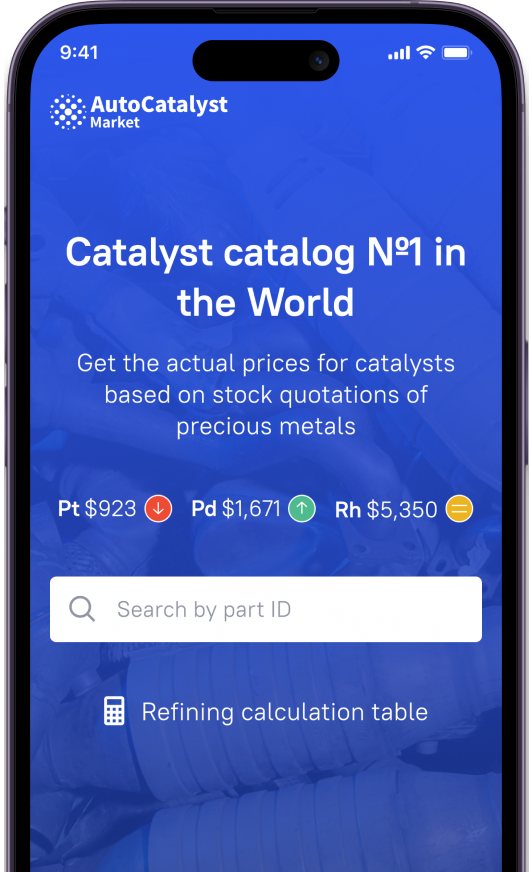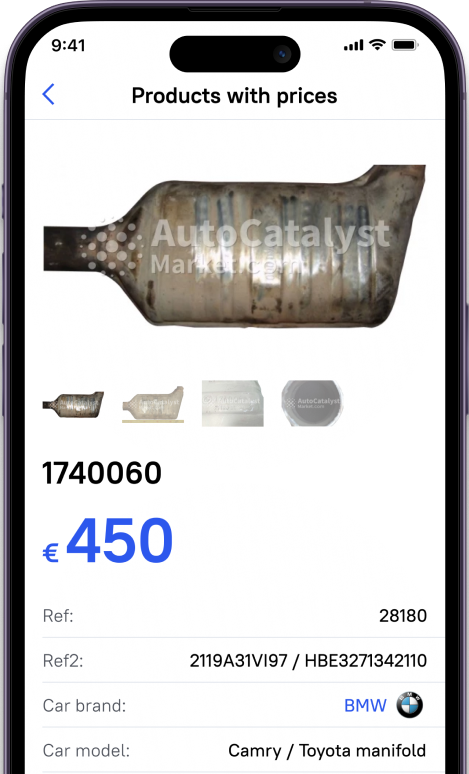- DPF treatment and monitoring system
- DPF Passive regeneration
- Forced DPF regeneration
- The Recirculation of Exhaust Gases Process
- Tips for DPFs
- How to prolong DPF service life?
- What to do if DPF is dead?
- Used DPF recycling
There are two divisions types of exhaust emission control, one for gasoline-powered engines, which is catalytic converters, and another is for diesel-powered engine vehicles, which is DPF or diesel particulate filter. DPF does catalytic converter work but for diesels specifically and sometimes these two work in combination to reduce CO to carbon dioxide and NOx to Nitrogen and water. In this article, our goal is to present information on how you can fix the “check engine” or “heated catalyst” warning light on your dashboard which occurs when your exhaust emission fails caused by DPF, and give you tips on how to treat your DPF and more.
DPF treatment and monitoring system
The contamination level of the filter escalates due to the presence of soot particles, prompting consideration of potential cleaning options. It's essential to acknowledge that nothing in this realm is boundless, and both soot filters and catalysts ultimately succumb to wear and tear over time. When an appreciable accumulation of soot transpires, it acts as an impediment to the unimpeded flow of exhaust gases through the system, necessitating the activation of passive regeneration for the soot filter.
To gauge the extent of blockage, an exhaust gas pressure sensor situated within the filter is employed. This sensor ascertains the filter's state and yields a quantification of soot in grams presently residing within. Depending on the filter's condition, your vehicle may instigate passive regeneration of the soot filter.
DPF Passive regeneration
Upon the engine control computer's detection of filter blockage via the pressure sensor, it triggers the regeneration mechanism. This marks the onset of a process that physically manifests during continuous vehicular motion – the expulsion of soot from the filter. During this intricate operation, temperatures soar, facilitating the incineration of the soot-laden filter and, in turn, the consumption of the very soot particles. When this unfolds, expect to witness a conspicuous plume emanating from the exhaust tailpipe. Conversely, if you find yourself navigating through gridlock or leisurely overtaking, the regeneration process will remain dormant. But what are you going to do if you operate the car in urban conditions where monotone driving on long distances is out of reach? Here we come to active treatment.
Forced DPF regeneration
When the passive regeneration limits of a clogged particulate filter are exceeded, the particulate filter fault sensor will activate, indicating that the filter can only be actively cleaned during scheduled vehicle service. During this service, technicians connect a computer to the car's ECU (the vehicle's "brains") and initiate a forced cleaning algorithm. This process typically takes around half an hour and involves a significant increase in the engine's RPM and its heat up due to the elevation of exhaust gas temperatures to approximately 600-800 degrees. Typically, the need for forced regeneration arises during winter use when fuel "gelling" can occur. To prevent such issues, it is advisable to periodically warm up the vehicle when it's not in use for extended periods.
The Recirculation of Exhaust Gases Process
Beyond passive control measures, we also have the Exhaust Gas Recirculation (EGR) system, which serves as a gas recirculation mechanism. This represents an ecologically-conscious feature within the exhaust systems of both gasoline and diesel engines. Its fundamental purpose is to redirect a portion of the spent exhaust gases back into the engine cylinders, effectively reducing harmful emissions, particularly nitrogen oxides. This ingenious system allows the reintroduction of exhaust gases into the cylinders alongside the fuel, which, in turn, moderates the combustion temperature of the fuel-air mixture, imparting favorable effects on the overall performance of the vehicle's engine. In this way, it offers an additional advantage alongside its primary environmental benefits.
Tips for DPFs
In cases where fuel has frozen, and you are unable to reach a service center, there are instances where independent forced cleaning is possible. If the engine still starts, and the filter fault sensor is illuminated, all you need to do is engage a driving mode and maintain a steady pace at 2-3 thousand revolutions, but the journey should be of sufficient duration.
How to prolong DPF service life?
The exhaust system's longevity spans a range of 100,000 to 200,000 kilometers, with this variability hinging on a multitude of factors, including fuel quality and overall vehicle operation. The diesel particulate filter (DPF) operates at its optimal efficiency during extended, uneventful journeys, provided high-grade fuel is utilized and intermittent warm-ups are performed when ambient temperatures plummet. Interestingly, the onset of soot blockages is considerably less likely in the summertime than during the winter chill.
To enhance the life expectancy of your filter, embrace these guiding principles:
- Prioritize top-notch fuel.
- Shun traffic congestion in favor of prolonged jaunts.
- Safeguard your vehicle and the exhaust system against the winter's chill with adequate warming procedures.
By adhering to these operational guidelines, you'll significantly extend the useful life of your filter while promoting the overall health of your vehicle's exhaust system.
What to do if DPF is dead?
When the filter experiences significant wear and neither forced nor passive regeneration is viable, the last resort is its removal. This is considered a drastic measure, often chosen by most drivers due to the high cost associated with replacing the entire system. The procedure involves reconfiguring the Electronic Control Unit (ECU) at a service station to accommodate the absence of the particulate filter in the system. This adjustment doesn't impede the car's operation but does have consequences for the environment. Without this intervention, the engine will activate emergency mode, reducing its overall power. This is because the ECU adjusts to adhere to the EURO-3+ standards, thereby compensating for the malfunction to minimize environmental impact.
Used DPF recycling
If this way is impossible due to your local state laws and you are forced to replace DPF, you can always save on recycling by using your DPF’s serial number on the AutoCatalystMarket website. Here you will get all the information about the price and find local buyers that will do all the recycling routine for you. DPFs retain precious metals even after failure the same as catalytic converters but the quantity is usually lower, hence their price for replacement is also moderate, however it does not prevent you from saving more on a new purchase.








































